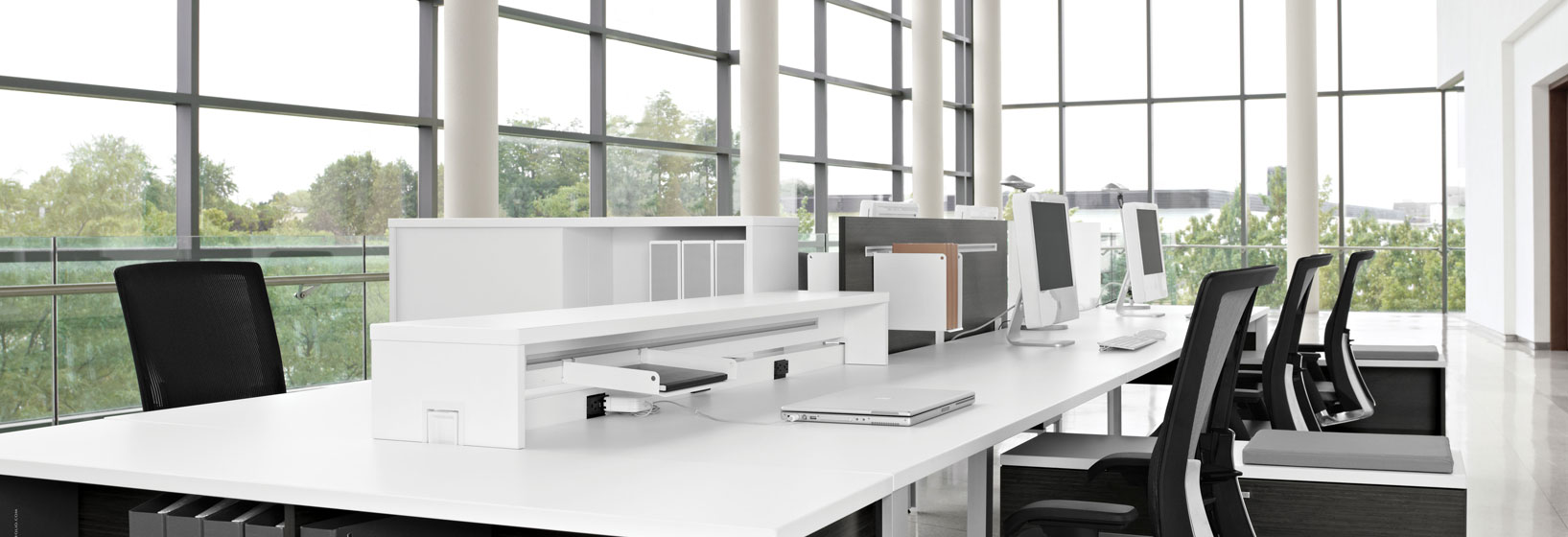Lease clauses to know and how they impact your business
An office lease contains vital information that can impact your business beyond just the rental rate. From tax and operating expenses, to other available concessions, the lease is the single most important real estate document for your business.
A lease is negotiated by a tenant and a landlord to include items such as furniture, tenant improvement allowances and free rent, items that can provide enormous cost benefits at the front of the lease term. A real estate broker can help you navigate the key transaction points within the lease, while a real estate attorney should review the document before you sign, to double check that no key points have been overlooked. But even with the help of experts, there are lease clauses you should understand before you even get started.
Lease Clauses to Know
Rental Rate – The per square foot cost of the rent can be based on a gross number, which includes taxes and operating expenses, or a net rate. Make sure to factor in the total cost per square foot per month to understand the complete budget.
Lease Term – The lease term is the total duration of the tenant obligation. This term does not include options to terminate or options to renew, and is typically one to ten years.
Rent Abatement or Free Rent – Rent abatement is the predetermined months of free rent tenant receives for signing the lease with the building. This is an incentive offered by landlords to reduce the overall cost of the lease.
Rent Escalation Rate – A landlord will typically include an annual rental rate increase, usually a percentage of the rent or $0.25-$.50 each year, depending on the real estate market and building class.
Tax/Operating Expenses – Landlords will oftentimes include an additional per square foot cost added to the net rental rate, to be allocated towards building taxes and operating expenses, such as maintenance, doorman and cleaning services. This number could double the cost per square foot and is typically non-negotiable.
Tenant Improvement Allowance – Tenant Improvements or TI Allowance is the lump sum or per square foot contribution a landlord will provide a tenant to make improvements to the space. This can be applied towards furniture, cabling and furniture.
Lease Options – General lease options could include the right to renew, expand or terminate. Basically, they are built in rights that add flexibility to the lease term. Pay close attention to these options to make sure you have flexibility throughout the course of your lease term.
Loss Factor – The loss factor addresses the rentable versus usable square footage, which is the adjustable square footage that landlords apply so that tenants pay for a portion of the building common areas. This number is also non-negotiable, but may give you flexibility in negotiating the rental rate.
When negotiating a lease, make sure to explore available opportunities to receive as many concessions as possible. Working with a team of experts can save you money on the long term. Rightsize has partnerships throughout the commercial real estate industry and can help assist you in making introductions, so that you and your business make an informed decision for your business.
About Rightsize:
Rightsize Facility Performance, headquartered in Chicago, IL, is a nationwide office interiors and facilities services firm serving corporate clients in transition. Founded in 2004, Rightsize employs an industry leading “Design/Furnish” approach to ensure seamless workplace transitions and is a single source for interior design, furniture procurement, delivery and installation, asset disposition, facility decommissioning and ancillary project services. Through its Office Furniture Center brand, which includes OfficeFurnitureCenter.com and a 200,000-square-foot showroom, Rightsize also provides a single source for quality workstations, desks, seating, filing, conference and reception furniture.





